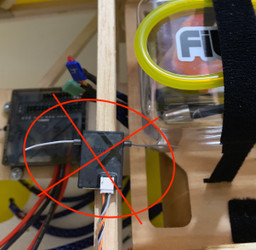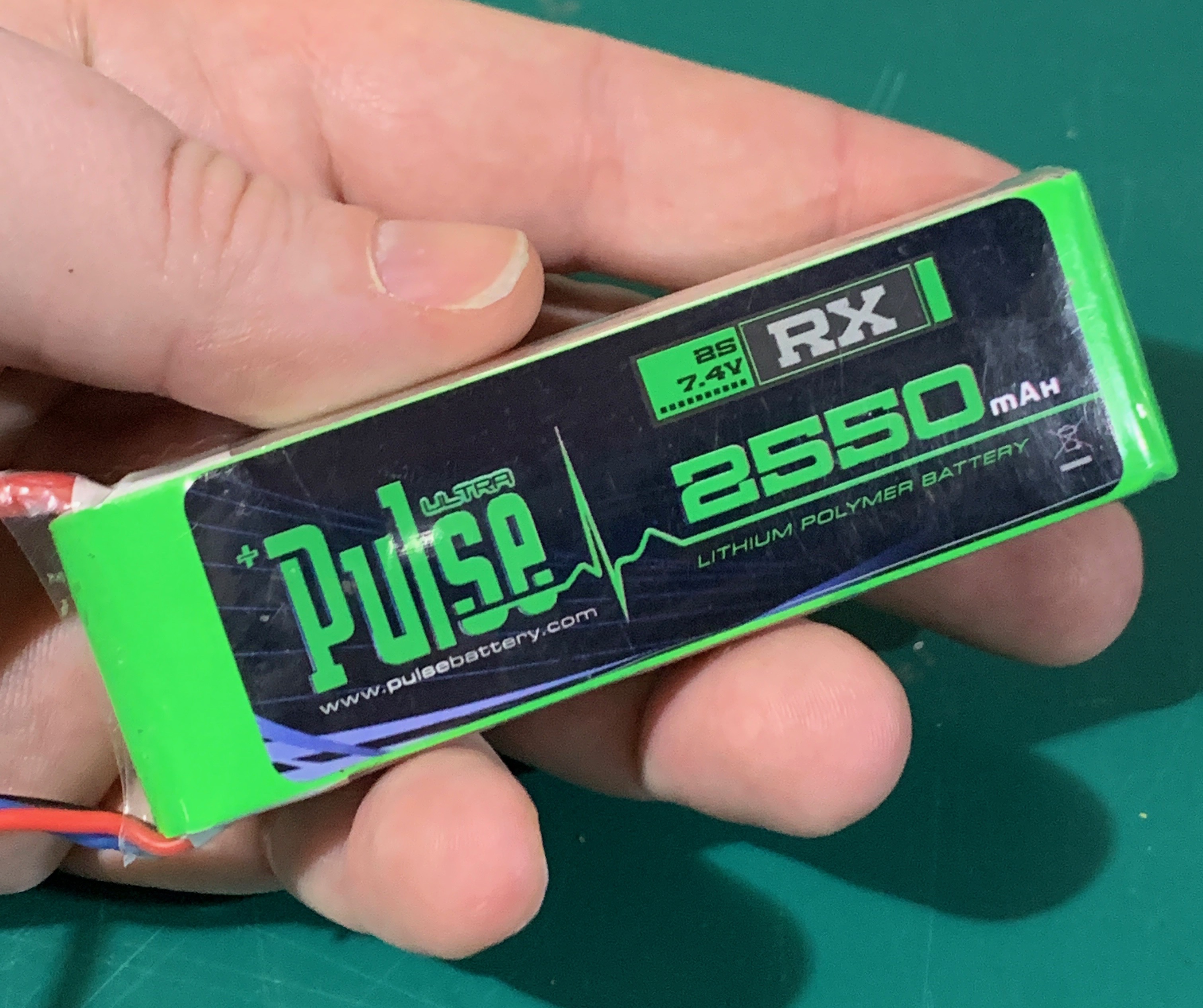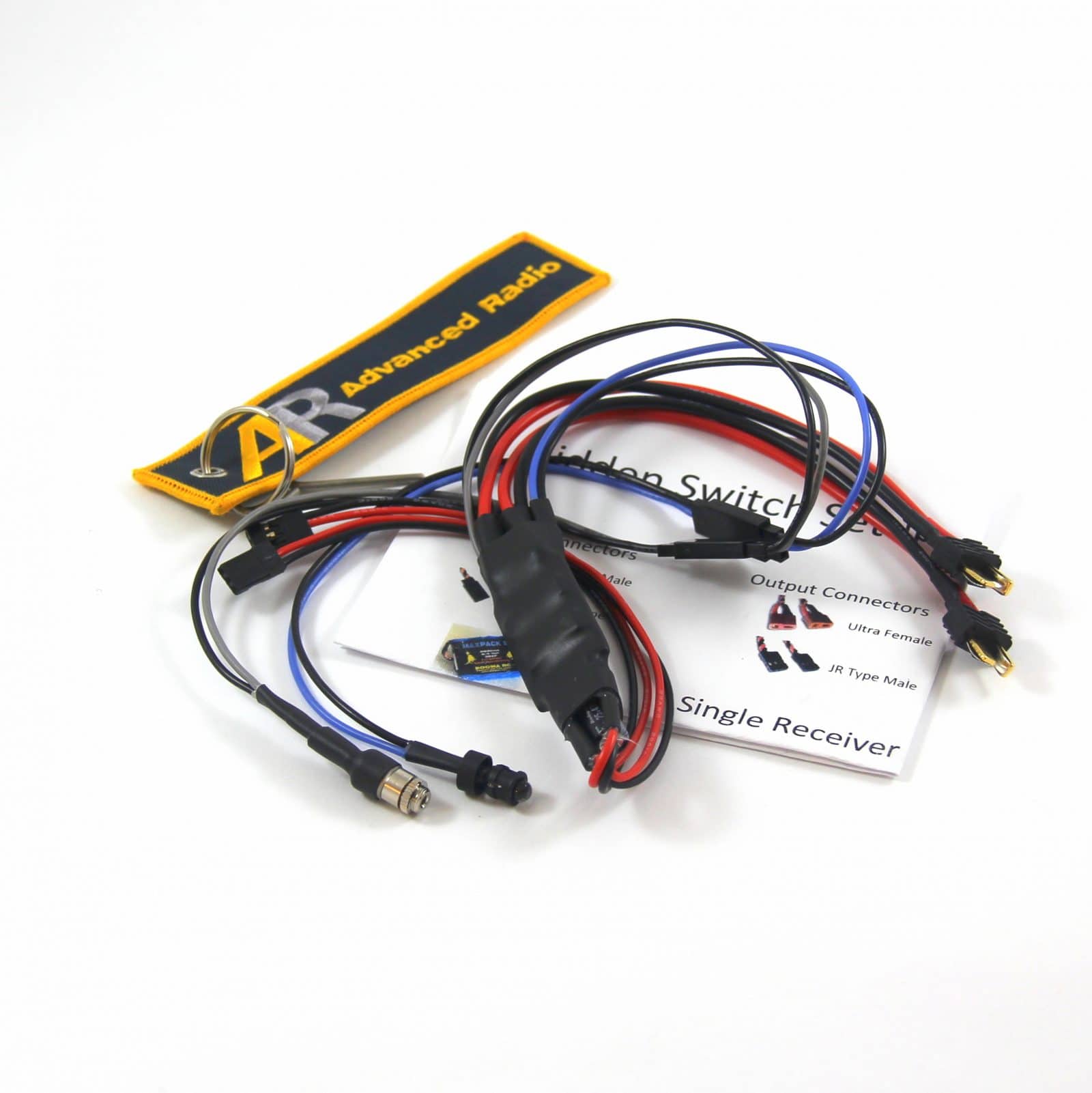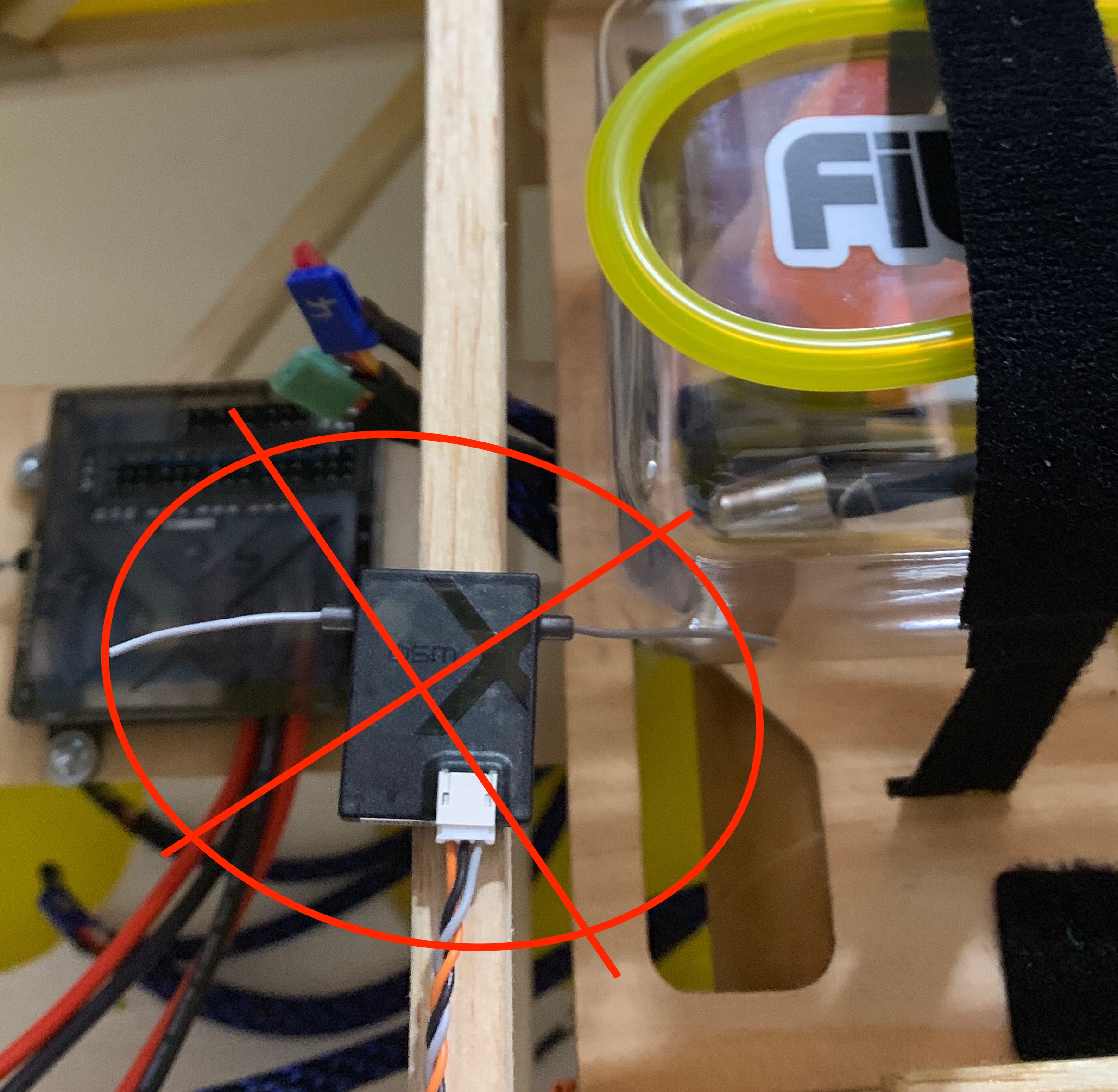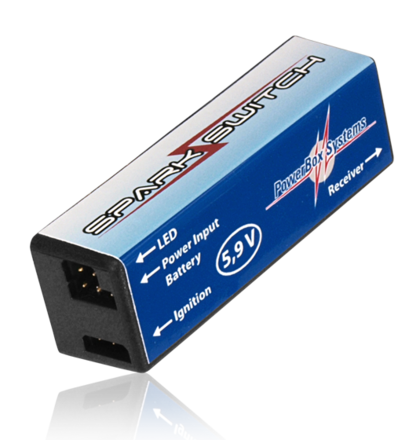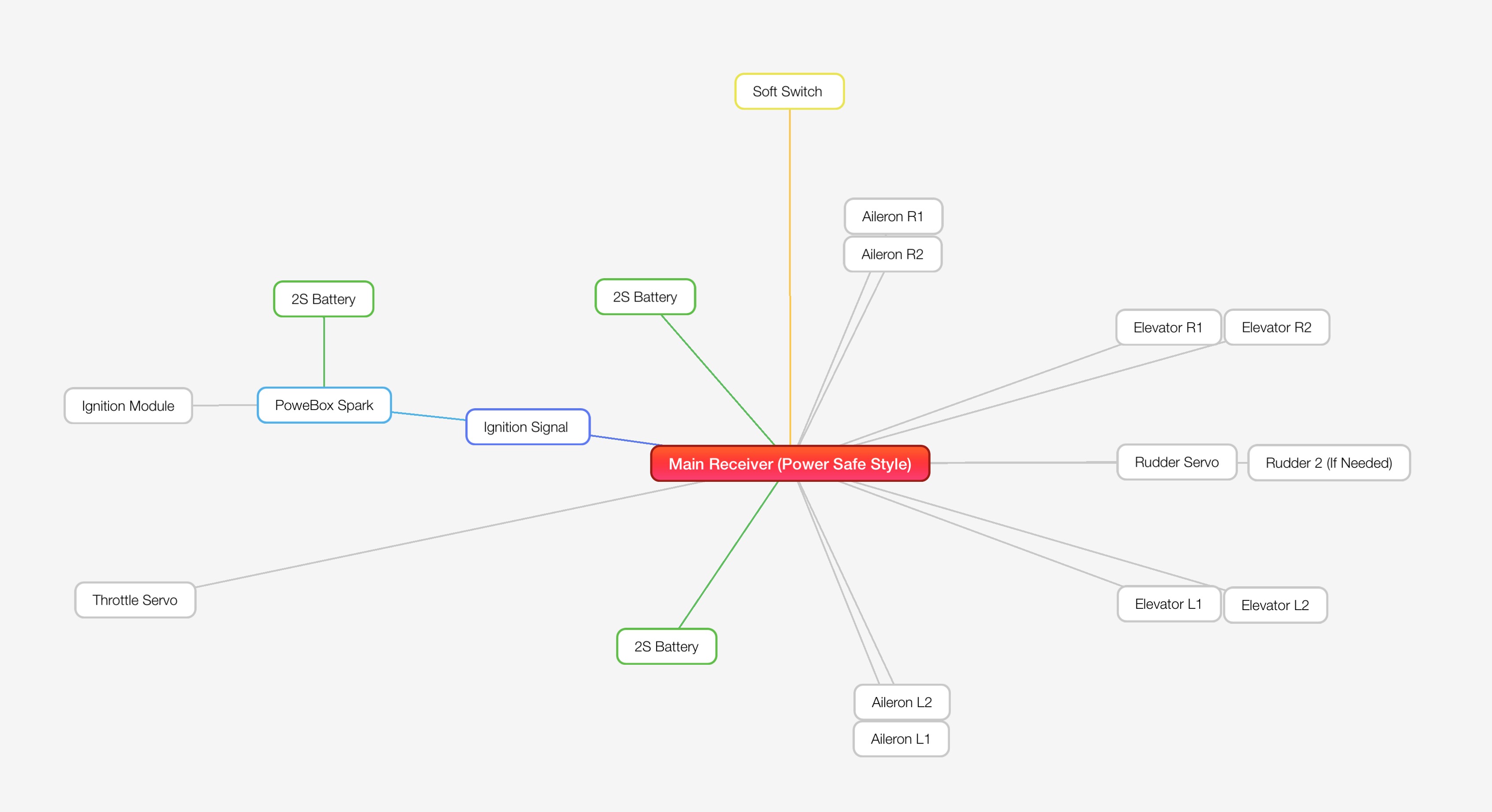Plane setup: Why I do what I do.
I have tried many different ways of setting up my airplanes over the last 17 years. I have definitely fine tuned what works best for us. It is very much the K.I.S.S. method. Keep. It. Stupid. Simple. I know itʼs supposed to be Keep It Simple, Stupid, but I like the other way better ;-)
#1 Power-
Make sure you are using a good battery. This is an area where you need back up. Your power setup is something that you do not want to lose. On any gas plane 80” or larger, I use a dual battery setup. Lipos are my personal go-to batteries. We have tried all of the different batteries over the years. However, lipos have proven to provide the best results. They have quick charge times, many capacity options, and huge weight savings.
#2 Switches-
Your system is only as good as your weakest link. Unfortunately, a switch can be your weakest link. As with any of this, everyone has their own opinions. For quite awhile we went without switches in our setup. A switch canʼt fail if itʼs not in play. However, this can also be a pain to have to plug and unplug your plane each time at the flight line. The key is to find a fail safe or soft switch setup..
BoomaRC Hidden Redundant Switch (works with any standard RX)
BoomaRC Pin Flag Switch for Spektrum Power Safe RXs (replaces the basic switch that comes with these RXs)
#3 Receivers
Now that we know we have a good power source and method to get the power to the receiver, we have to choose our receiver. There are a lot of great options with the new radio systems. The key when choosing a receiver is to make sure that you have enough channels as well as open ports for power. Each manufacturer has different ideas on antennas and antenna types. However, they all work very similar as far as antenna placement.
When choosing the placement of your antennas please keep in mind how the signal is received. The signal is like a donut that gets larger as it gets further away from the antenna. So the signal is weakest straight out from the tip of your antenna.
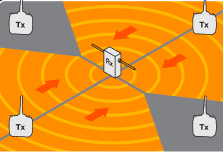
This is why you want to have two or more antennas. When you have multiple antennas, you want to have them placed perpendicular to each other to give you the best coverage. Also, you want to keep them far enough apart that they will not cancel each other out. Please check with the manufacturer on suggested distances.
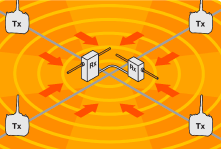
Things you want to stay clear of as well are gas tanks, engines, carbon fiber plates, and batteries. These can block or inhibit your signal. The further away from these things, the better.
Being this close to a fuel tank, will completely block the signal from this RXs.
#4 Ignition kill/power
There are several was of powering your ignition system. The key is to be able to keep any RF or power spikes away from your radio system. There are two ways that we handle this. The first is the Tech-Aero ibec. This unit allows you to pull power from you RX and control the ignition system with just a single plug. There are four filters in this device to prevent any power spikes from reaching your receiver.
You can also use the PowerBox Spark ignition module. This is my personal preferred method. This device pulls the signal from your receiver to turn on or off the device. The power for your ignition is supplied by another battery. The advantage of this system is there is no power linking between your radio system and your ignition unit. The disadvantage is you need another battery just to power your ignition. Both of these work great and have proven themselves.

